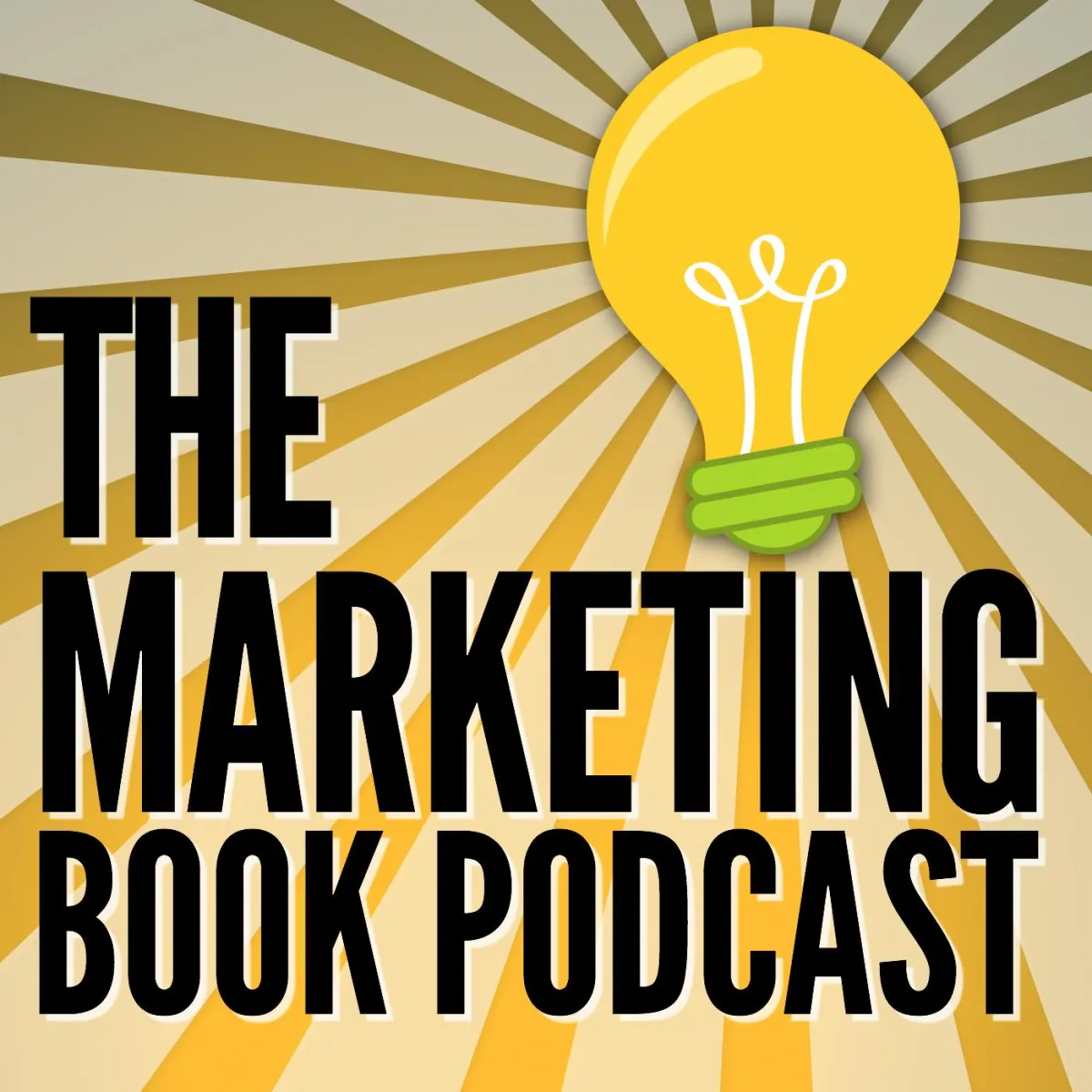Join Darrell Amy for the One Ideal Client Away Challenge, March 20-24
BUILD YOUR REVENUE GROWTH ENGINE
GROW YOUR REVENUE
SCALE YOUR IMPACT!


DESIGN
Your Engine
Come to the 2-day Performance Workshop

BUILD
Your Engine
A mentorship to help you upgrade your sales and marketing processes.

ACCELERATE
Your Growth
Enjoy faster and easier revenue growth as you scale your company.
Build Your Revenue Growth Engine®

During challenging economic times it can be hard to maintain your current revenue, let alone grow it.
We believe you can grow revenue, even in a recession, by getting strategic about your Revenue Growth Engine®.
Real World Stories
Hear some real-world stories of companies building their Revenue Growth Engines®..

Revenue Growth Engine® , created by Darrell Amy, is a set of tools and resources to help companies scale.
If you own an established business and want to scale your revenue so you can make more of an impact, this is designed specifically for you.

DESIGN
Your Engine
Come to the 2-day Performance Workshop

BUILD
Your Engine
A mentorship to help you upgrade your sales and marketing processes.

ACCELERATE
Your Growth
Enjoy faster and easier revenue growth as you scale your company.
Take the Ultimate Trek and Grow Your Revenue

Build your Revenue Growth Engine
Develop Physical Endurance
Trek to Everest Base Camp
Join adventurous entrepreneurs in an epic journey to scale your business as we train to trek to Mount Everest Base Camp!
Get To Know Darrell
Darrell inspires and equips generous business leaders to grow revenue so they can give back.
As the co-founder of the non-profit Kingdom Missions Fund, Darrell Amy noticed that the largest donations came from business owners, and he wondered how he could help generous business owners quickly grow revenue so they could give even more. With this in mind, Darrell set a goal:
Help 10,000 businesses double revenue to generate $10 billion in new giving.
Darrell’s experience as a leader in sales and marketing has given him a unique perspective on what it takes to grow revenue. Distilling 27 years of experience, Darrell authored Revenue Growth Engine: How To Align Sales & Marketing To Accelerate Growth.
He is a member of the Forbes Business Council and he helps companies maximize growth through sales and marketing alignment. Darrell hosts the Revenue Growth Podcast and co-hosts the Selling From the Heart Podcast. He also volunteers as the executive director of the ManAlive EXPEDITION, an organization that helps men find healing and identity.
When he isn’t helping generous business owners grow their profits in order to give more, Darrell, along with his wife Leslie, enjoy spending time with their children and four grandchildren.

Latest Thinking

How To Reduce Dependence On Large Customers
Companies that want to maximize their value (especially those preparing for an exit option) need to be aware of the risks of depending on a large customer for a large chunk of their revenue. When something changes with that customer, the value and health of the company is at risk.
Large customer dependence is when one or two customers make up a large percentage of the revenue. You know you are large customer-dependent when the loss of that large customer would result in significant financial duress for your company.
I learned this from personal experience. In 2008, about 40% of the revenue to my company was through one large relationship. When the economy shifted, this large vendor reorganized their workforce. Not only did our funding disappear overnight, but many of the people who led our program were either laid off or reassigned to other roles. This put us in a tight spot for years to come.
The challenge with large customers is that it feels good. Large chunks of revenue seem to come easier than working to get smaller amounts from smaller customers. The problem is that this is risky. Think of it like your retirement portfolio. Imagine your retirement fund had 40% of its assets invested in one company. Even though that one company might be crushing it right now, no prudent financial advisor would recommend putting that much of a portfolio at risk.
One of the best ways to demonstrate this reality is to put the company up for sale. The value of a company is the amount a potential buyer is willing to offer. When a buyer sees revenue dependence on a large customer, there is a good chance they will discount their offer to factor in the risk of that customer leaving.
How To Fix Large-Customer Dependence
1. Set a Threshold
Determine the maximum amount of revenue you are willing to get from a single customer. This will be different for every company. You might decide that you don't want any single customer to be responsible for more than 15% of your revenue. The important thing is that you know your risk tolerance. When a single customer's revenue crosses that line, your management team can become aware of the risk and work to solve the problem. The best way to solve this problem is by identifying, landing, and growing more Ideal Clients.
2. Know Your Ideal Clients
Ideal Clients are the type of customers who need everything you sell while being a good fit for your culture. Because they need everything you sell, they have a high revenue potential, allowing you to cross-sell and bundle multiple offerings. Cultural fit is important because they become less-likely to leave.
Ideal Clients are not always your largest customers. I have seen many companies where they Ideal Clients were on the total revenue list right below the major account. These mid-sized customers have high revenue potential. Often they are more profitable than the whale. (For more on this read, Why Your Largest Clients Are Not Always Your Ideal Clients.)
3. Create a Plan to Land and Cross-sell More Ideal Customers
Crafting a strategy to attract and retain more ideal customers is crucial for reducing large-customer dependence. Start by identifying the common characteristics of your current ideal customers and use these insights to target similar prospects. Implement a robust marketing strategy that highlights the unique benefits your company offers, tailored to the needs and preferences of these ideal customer profiles.
Additionally, focus on cross-selling and upselling within your existing customer base. This not only increases revenue per customer but also strengthens customer relationships by providing them with more value. Training your sales and customer service teams to recognize opportunities for cross-selling and to understand deeply the full range of your products and services can significantly boost this effort.
4. Fix or Fire Unprofitable Customers
Not all customers are beneficial to your company's health and growth. It’s important to regularly assess the profitability of each customer. This involves examining the revenue they generate versus the costs associated with serving them, including time, resources, and customer support. If certain customers are consistently unprofitable, consider whether there are ways to adjust the relationship to make it profitable. This might involve changing pricing structures, service levels, or the terms of contracts.
If these adjustments do not lead to profitability, it may be necessary to let these customers go. This decision can be difficult, but it is often essential to redirect resources to more profitable engagements and reduce risk. This strategy not only improves your company’s financial health but also allows you to focus more on serving and expanding relationships with profitable, ideal customers.
Conclusion
Reducing large-customer dependence is crucial for developing a stable and resilient business. By setting a clear revenue threshold for customer dependence, actively nurturing ideal customer relationships, and decisively managing or terminating unprofitable customer engagements, businesses can safeguard themselves against the financial turmoil that comes with losing a major customer. Implementing these strategies effectively requires an in-depth understanding of your financial landscape and proactive customer relationship management.
Are you ready to take your company's revenue growth to the next level? Visit Revenue Growth Engine to discover powerful strategies and resources that can help you diversify your customer base, enhance customer relationships, and drive sustainable growth. Don’t let dependency on a few large customers threaten your business's future—start building a robust Revenue Growth Engine® today.

Find Fresh Ideas To Grow Your Revenue
Are you looking for ways to scale your business? Welcome to the Revenue Growth Podcast with Darrell Amy. This is the place for business owners, sales leaders, and marketing professionals to get ideas an inspiration to drive exponential revenue growth. Each week you’ll get actionable insights from the world
LET'S TALK ABOUT YOUR REVENUE GROWTH ENGINE
CONTACT US
+1 (501) 361-2412



















